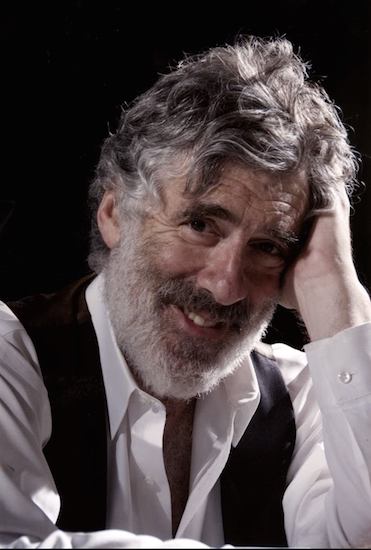Elliott Gould: Son of Brooklyn, lion in winter
Our longform exclusive interview

For Brooklyn-born Jewish men of a certain age, there are three totemic heroes: Sandy Koufax, Woody Allen and Elliott Gould. One of these giants (ah, poor choice of noun to describe a Brooklynite; let’s make that “titans”) afforded me the rare pleasure, and privilege, of hanging out with him on a recent trip to Los Angeles.
To say I “interviewed” Elliott Gould does not begin to do justice to the experience. A hunch I’d had for 45-plus years, ever since seeing him in “Bob & Carol & Ted & Alice,” turned out to be true: Gould is not only a prodigiously gifted actor, but he’s also a warm, wise, soulful mensch. Think Buddha meets Isaac Bashevis Singer or Kwai Chang Caine meets Rebbe Mendel.
On the morning of our interview, when, after parking my car, I have trouble locating his building, Gould steps out on his West Los Angeles apartment balcony to point the way. I have an out-of-body experience: there he is — Trapper John McIntyre (“MASH”), Philip Marlowe (“The Long Goodbye”), Charlie Waters (“California Split” and his third collaboration with Robert Altman) Harry Greenberg (“Bugsy”), Reuben Tishkoff (“Oceans Eleven,” “Oceans Twelve” and “Oceans Thirteen.”)

Brooklyn Boro
View MoreNew York City’s most populous borough, Brooklyn, is home to nearly 2.6 million residents. If Brooklyn were an independent city it would be the fourth largest city in the United States. While Brooklyn has become the epitome of ‘cool and hip’ in recent years, for those that were born here, raised families here and improved communities over the years, Brooklyn has never been ‘uncool’.